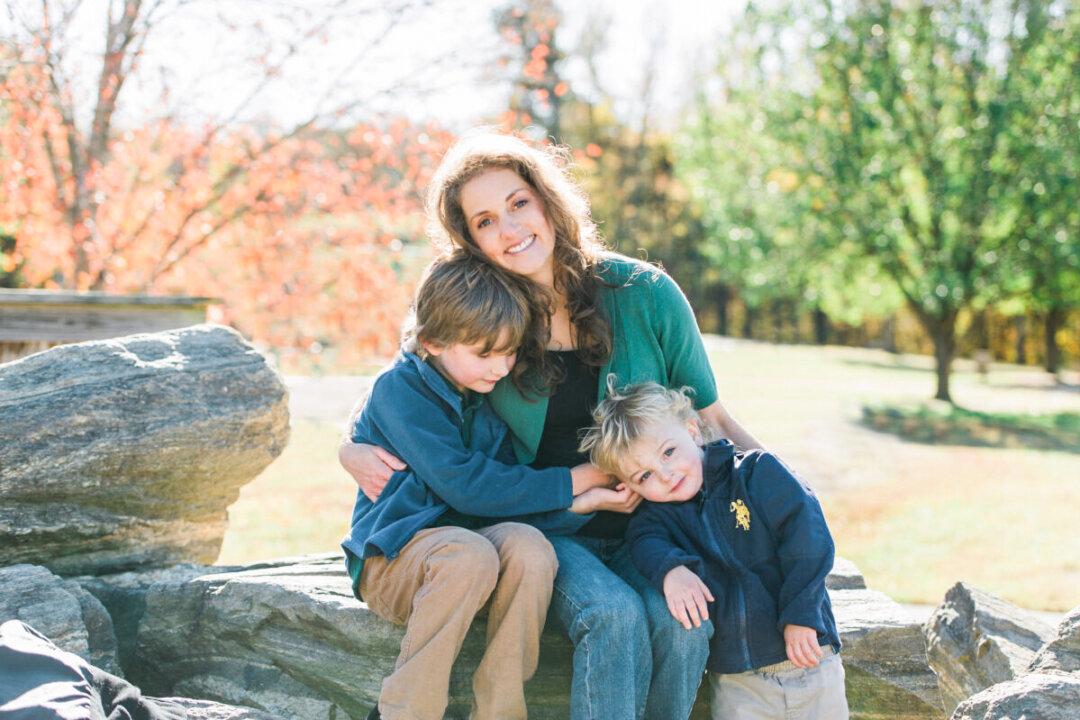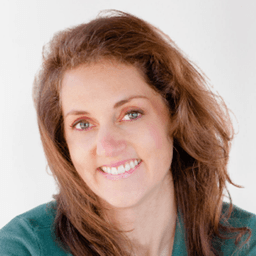In part one, I shared the story of how I nearly died from an advanced stage of an autoimmune disease and how I achieved “remission” by creating a healing road map that addressed the physical triggers involved with disease formation. Now I’d like to share how I moved out of remission and into a space where complete healing exists.
This journey begins with perception.






